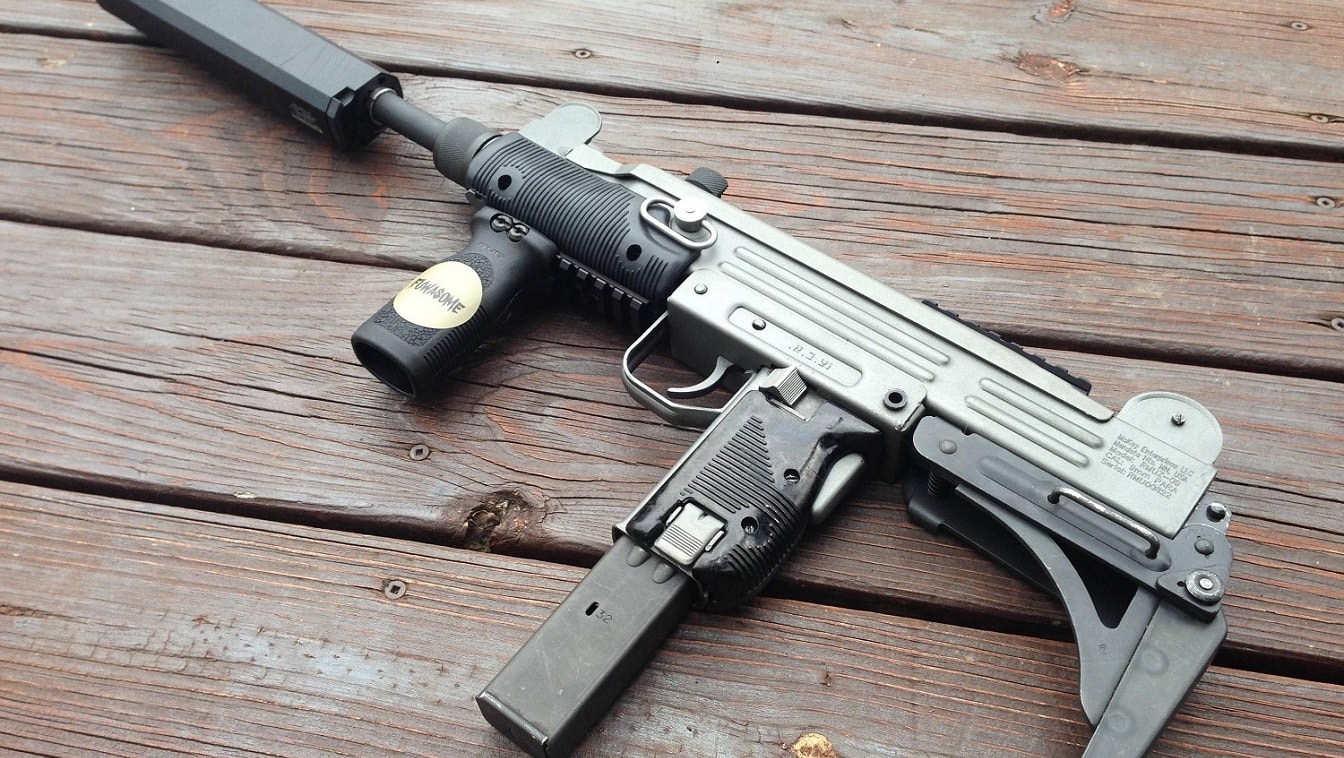Without a doubt, two of the most significant submachine guns (SMGs) of the Cold War era are the Israeli-made Uzi and the American-made M-10, more commonly known as the MAC-10. The iconic gangsta rapper Eazy E extolled the virtues of both weapons in his smash hit “Boyz-n-the-Hood.”
Both guns are utterly despised by anti-gun politicians, especially the Uzi. Both SMGs make an appearance in the 1983 Al Pacino film Scarface. Both are open-bolt SMGs that have been chambered for the 9mm and .45 ACP cartridge alike (though the Uzi is far more common in the smaller of those two calibers).
So then, what are the differences?
Uzi History and Specifications
The Uzi was invented in 1950 by then-Captain (later Major) Uziel “Uzi” Gal of the Israeli Defense Forces (IDF), the son of “a German WWI pilot with a love for arms;” the gun initially introduced into the IDF via their Special Forces units in 1954 and became general-issue two years later.
Built of stamped sheet metal, the original version weighed 7.72 pounds, with a barrel length of 10.2 inches and an overall length of either 17.5 inches or 18.5 inches, depending on whether it was stockless or the folding stock edition.
The standard magazine capacity is 32 rounds; the cyclic rate of fire is 600 rounds per minute (rpm), which means the entire mag can be expended in 3.2 seconds.
The Uzi would go on to prove its worth in Israel’s wars, from the 1956 Suez Crisis to the Six-Day War to the 1973 Yom Kippur War.
In addition, the military and police forces of roughly 80 other countries issued the Uzi at one time or another, including no less than the U.S. Secret Service.
MAC 10 History and Specifications
The “MAC” in “MAC-10” stands for Military Armament Corporation, the manufacturer founded by Gordon Ingram and Mitchell WerBell, though interestingly, the company literature and catalogs never actually used the MAC-10 label, even though just about everybody else does.
Instead, the company officially termed it the “Ingram Model 10 submachine gun” – no, I don’t know why it wasn’t dubbed the “Ingram-WerBell” in honor of both co-inventors – and some action-adventure novels such as the Phoenix Force series refer to the gun as simply “the Ingram.”
Naming convention confusion aside, Messrs. Ingram and WerBell designed the gun in 1964. As far as I can ascertain, the 9mm and .45 chamberings were released concurrently. To tamp down production costs, (1) the upper and lower receivers were stamped out of sheet steel, and (2) the magazine was basically rehashed from the WWII-era .45 ACP M3 “Grease Gun.”
However, before one prematurely assumes the MAC-10 to be a total El Cheapo design, Dr. Will Dabbs of Firearms News points out that “The earliest barrels were made under contract by Marlin and were of exceptional quality” and that “Most MAC bolts were milled steel though there was a prototype or two that were stamped.”
Specifications of the M-10 equate to an empty weight: of 6.26 pounds, a delightfully compact length: 11.6 in (retracted); 21.6 in (extended), barrel length of 4.5 inches, and a standard magazine capacity of 32 rounds in 9mm or 30 rounds.in 45. Cyclic rate of fire is a blistering 1,050−1,200 rpm, which equates to expending an entire 32-round mag in a mere 1.82 to 1.6 seconds!
At one point in time or another, the M-10 has seen use by the military and/or police forces of 19 different nations, including America’s Delta Force and the Portuguese Air Force Police (Polícia Aérea).
My Shooting Impressions
In fairness, I cannot do a complete side-by-side evaluation/comparison & contrast of these two SMGs, as I’ve only fired the Uzi, not the MAC 10. The latter will have to remain a bucket list item until my next trip to the machine gun rental ranges in Las Vegas, I reckon.
As far as firing the Uzi is concerned, though not as pleasant and controllable on full-auto fire as the HK MP5 SMG due to the latter’s closed-bolt operation, the gun was still reasonably easy to control in “rock & roll” mode, and I was able to keep most of my shots on target. And in semiautomatic mode, accuracy and recoil control weren’t issues.
By contrast, from what I’ve read, the MAC-10 is much more difficult to control in full-auto due to the combination of (1) the compactness, (2) the typical lack of a shoulder stock, and the extremely high rate of fire.
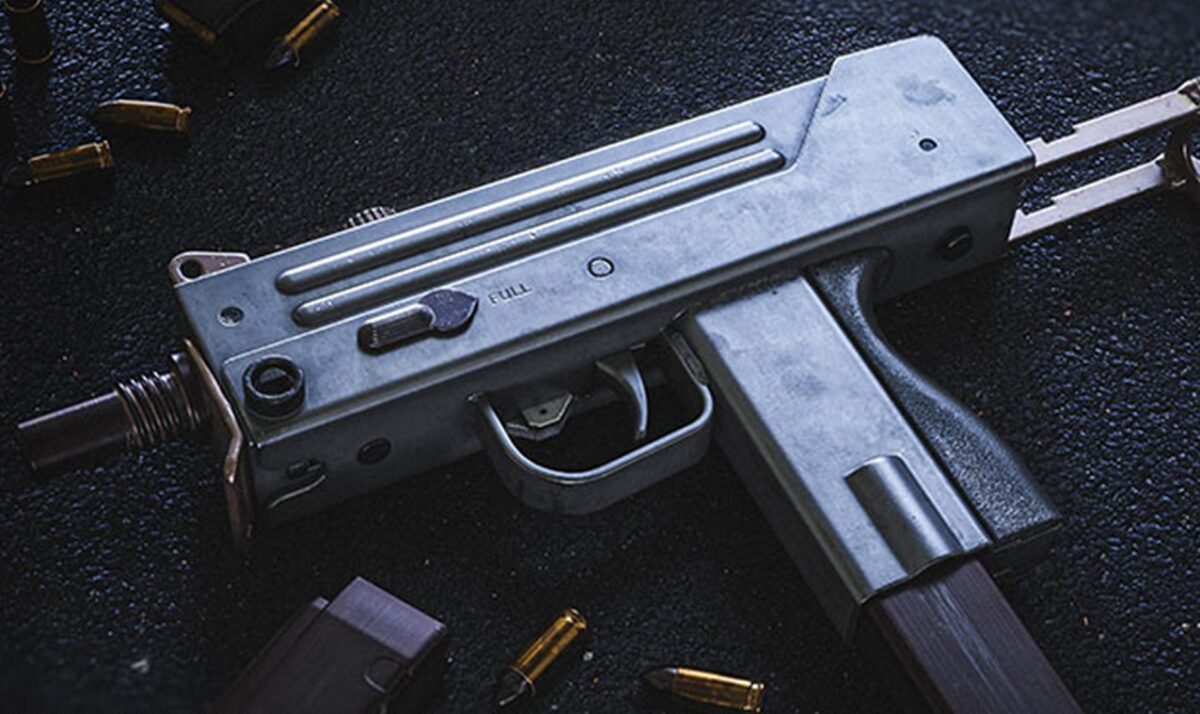
MAC 10. Image Credit: Creative Commons.
Accordingly, as David Steele wrote in The Gun Digest Book of Assault Weapons, “I didn’t think the MAC-10 and -11 were up to police requirements for either accuracy or burst control. I thought both MAC models were fit only for combat in a phone booth.”
Having read Mr. Steele’s works since I was a teenager, I’m in no position to gainsay his expertise on the topic, Also, from what I understand, the Uzi is the more reliable and durable of the two weapons (if I’m wrong, dear readers, please let us know in the Comments section).
UZI vs. MAC-10
If you want to own a genuine full-auto Uzi and/or MAC-10, be prepared to bring a bankbook and lots of Ibuprofen to deal with the monetary expense and the headache of the BATFE paperwork respectively.
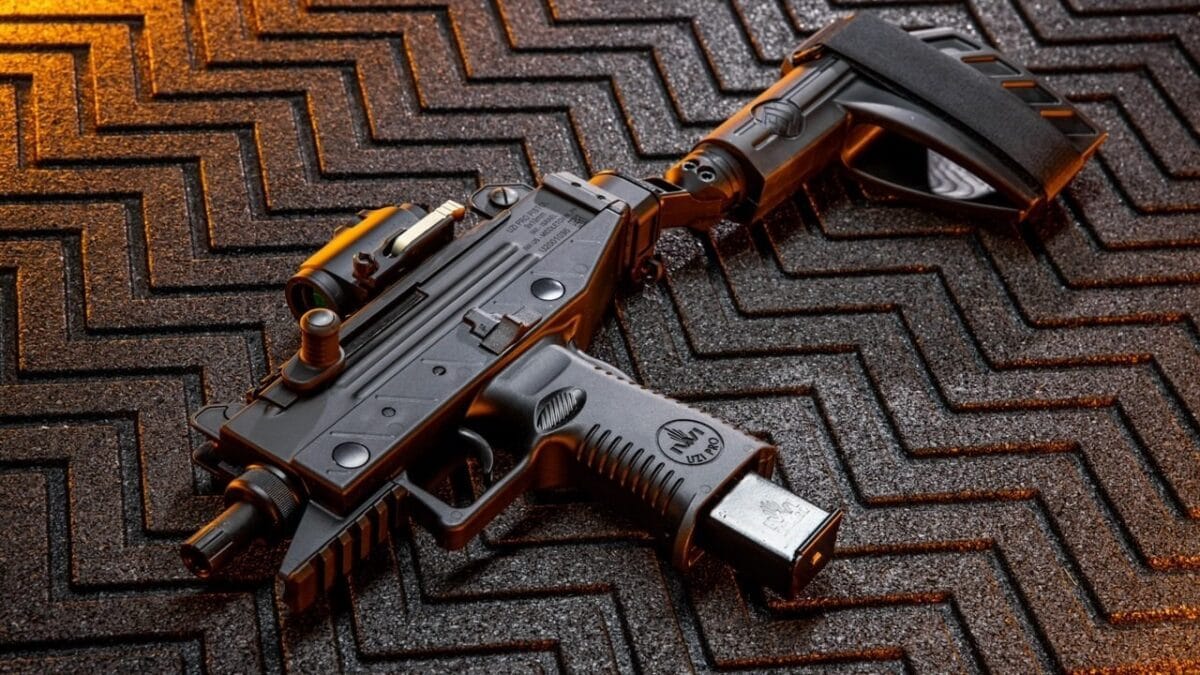
Uzi Submachine Gun.
That said, comparatively speaking, with a current starting price tag of a measly $7,000 USD, the MAC-10 is one of the least expensive SMGs one can legally own in the good ol’ US of A.
BONUS: Glock Photo Essay
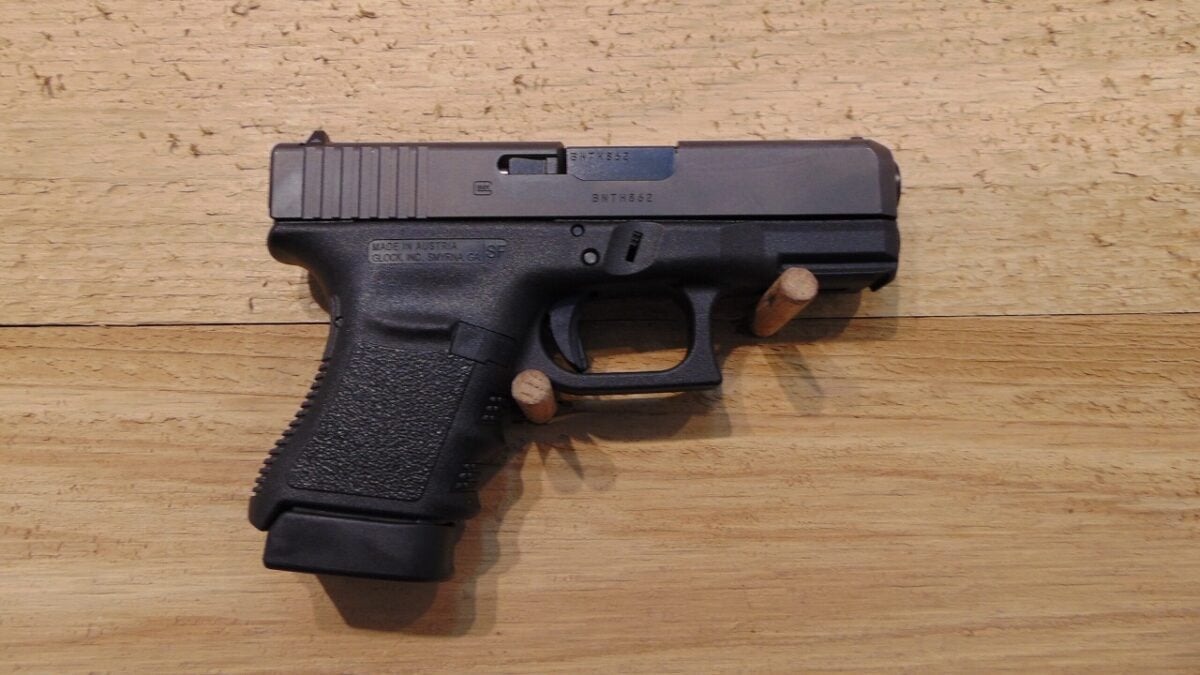
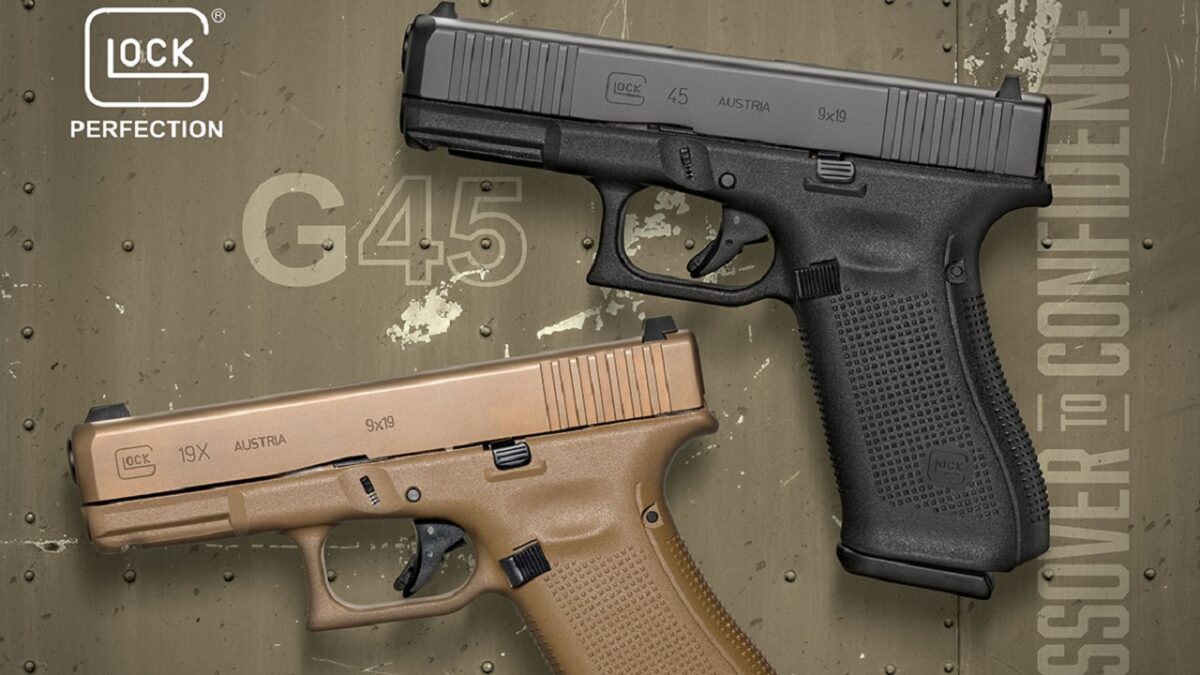
Glock 19X and Glock 45. Image Credit- Glock.
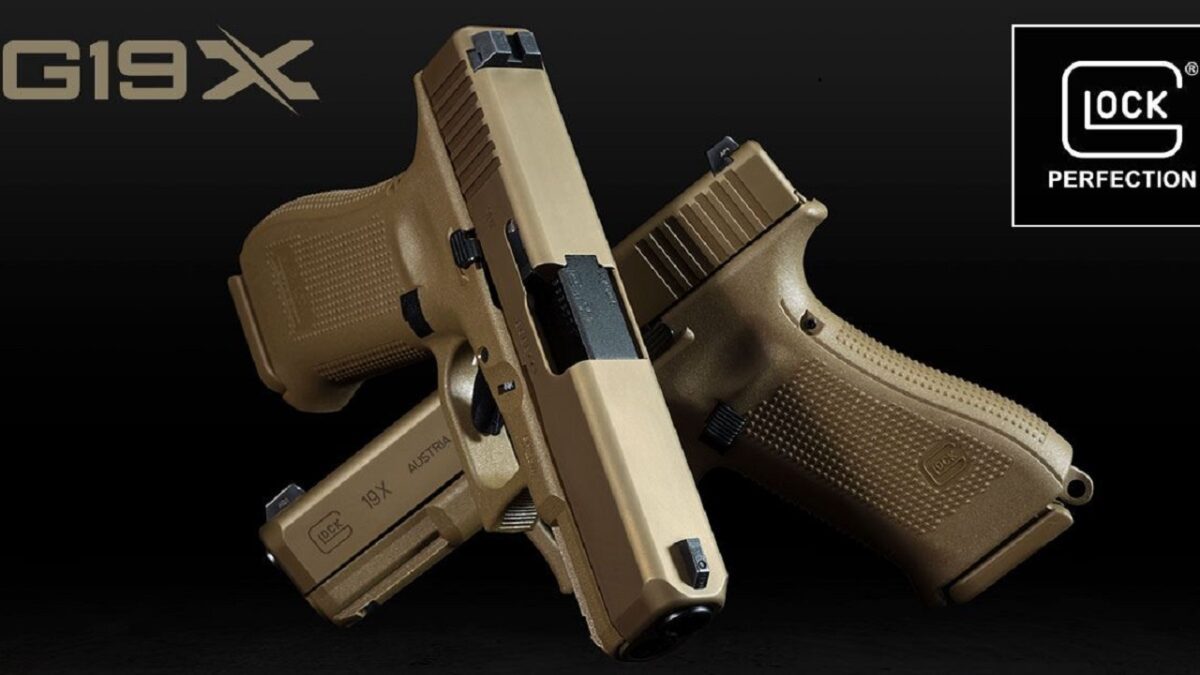
Glock 19X. Image Credit – Glock.
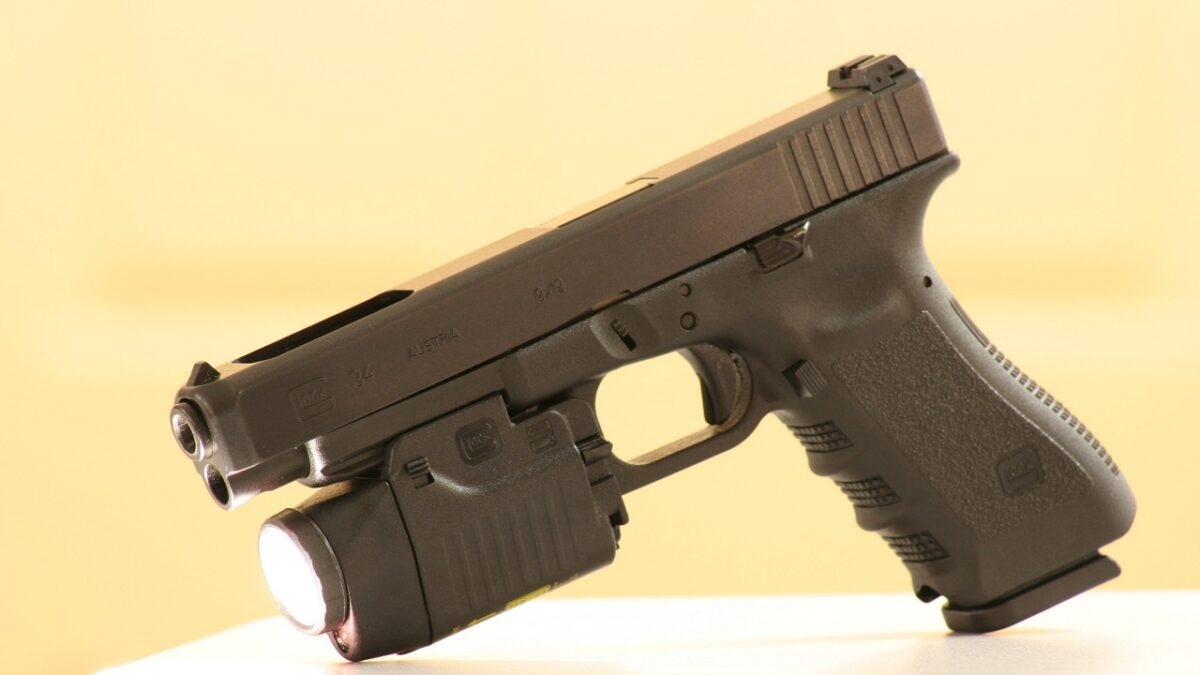
Glock 34 with a GTL 22 attachment.
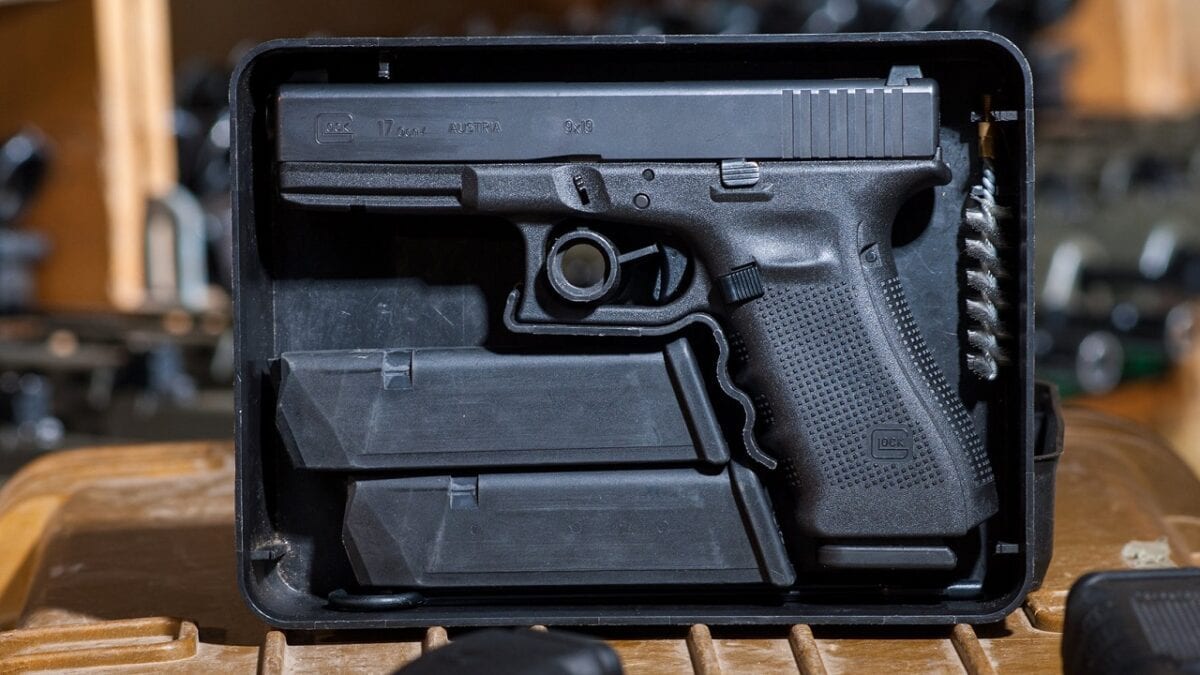
Glock 17 Gen4. Image Credit: Creative Commons.
Christian D. Orr has 33 years of shooting experience, starting at the tender age of 14. His marksmanship accomplishments include: the Air Force Small Arms Ribbon w/one device (for M16A2 rifle and M9 pistol); Pistol Expert Ratings from U.S. Customs & Border Protection (CBP), Immigration & Customs Enforcement (ICE), and the Federal Law Enforcement Training Center (FLETC) Criminal Investigator Training Program (CITP); multiple medals and trophies via the Glock Sport Shooting Foundation (GSSF) and the Nevada Police & Fires Games (NPAF). Chris has been an NRA Certified Basic Pistol Instructor since 2011. In his spare time, he enjoys (besides shooting, obviously) dining out, cigars, Irish and British pubs, travel, USC Trojans college football, and Washington DC professional sports.

